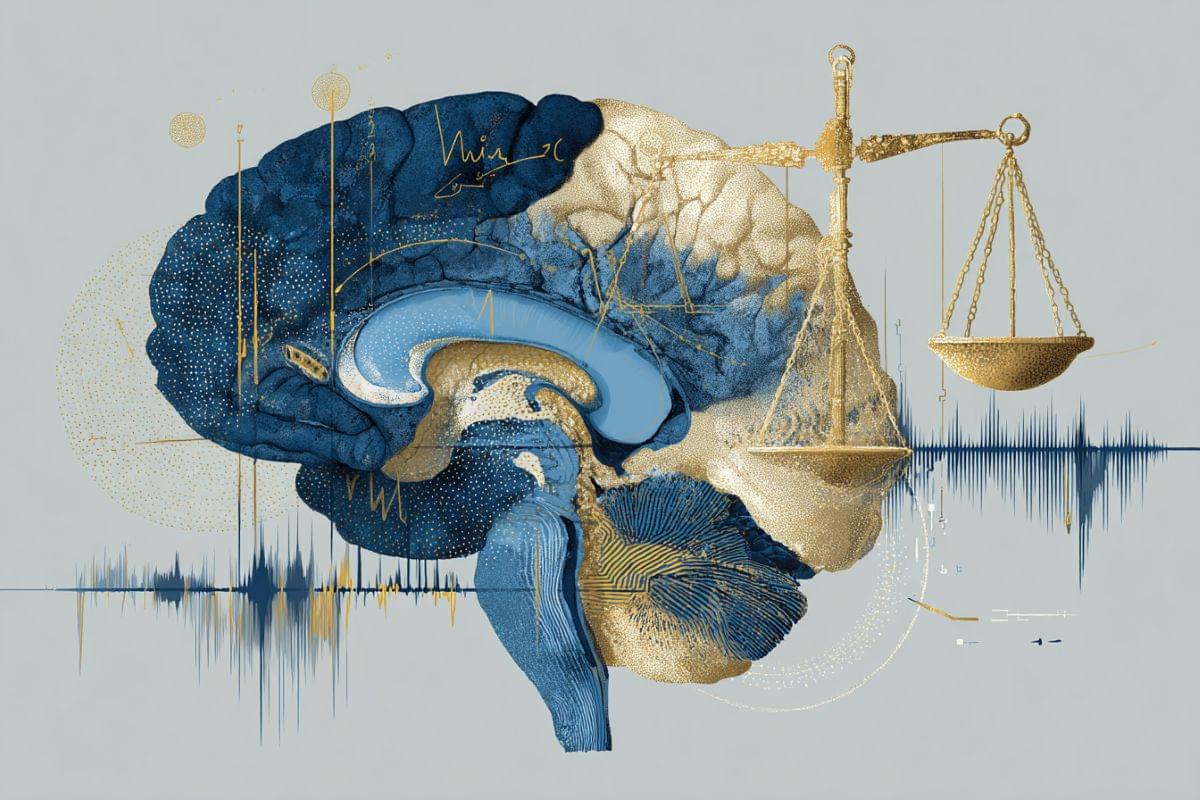A new study shows that balanced neural inhibition in the hippocampus is crucial for recognition memory, the ability to remember objects we’ve recently encountered.



The Large and Small Magellanic Clouds are irregular dwarf galaxies and satellites of the Milky Way. The LMC is about 163,000 light-years away and the SMC is about 206,000 light-years away, and their close proximity makes them excellent laboratories for the study of galaxies in general. The Clouds are the focus of a new research group being formed at the Leibniz Institute for Astrophysics Potsdam (AIP).
Both clouds are home to numerous objects and regions that capture astronomers’ attention. The LMC hosts the Tarantula Nebula, an extremely active star-forming region that contains some of the largest stars known. The SMC hosts NGC 346, an open star cluster that contains numerous massive stars and is still forming many high-mass stars. The Clouds also contain variable stars that act as standard candles in the cosmic distance ladder. That’s just a sample from a long list of the clouds’ interesting features.
It can be easier to study things like star formation in galaxies other than the Milky Way, because we’re inside the Milky Way and can’t see all of it. The Large and Small Magellanic Clouds are excellent natural laboratories to study how galaxies evolve because astronomers can see them from a good vantage point.





SereNeuro Therapeutics, a preclinical biotechnology company developing non-opioid pain therapies, has unveiled new data on a novel approach to chronic pain management and joint tissue preservation. The data highlight SN101, a first-in-class induced pluripotent stem cell (iPSC)-derived therapy.
The announcement was made at the International Society for Stem Cell Research (ISSCR) Symposium Accelerating PSC-Derived Cell Therapies: Starting with the End in Mind.


Today, leading AI technology such as large language models (LLMs) have begun to transform how we access and work with abstract knowledge. Yet they remain wordsmiths in the dark, eloquent but inexperienced, knowledgeable but ungrounded.
For humans, spatial intelligence is the scaffolding upon which our cognition is built. It’s at work when we passively observe or actively seek to create. It drives our reasoning and planning, even on the most abstract topics. And it’s essential to the way we interact—verbally or physically, with our peers or with the environment itself. When machines are endowed with this ability, it will transform how we create and interact with real and virtual worlds—revolutionizing storytelling, robotics, scientific discovery, and beyond. This is AI’s next frontier, and why 2025 was such a pivotal year.
The candid truth is that AI’s spatial capabilities remain far from the human level. But tremendous progress has indeed been made. Multimodal LLMs, trained with voluminous multimedia data in addition to textual data, have introduced some basics of spatial awareness, and today’s AI can analyze pictures, answer questions about them, and generate hyperrealistic images and short videos.

In 2000, researchers discovered that mutations that inactivate a gene known as TRIM37 cause a developmental disease called Mulibrey nanism. The extremely rare inherited disorder leads to growth delays and abnormalities in several organs, causing afflictions of the heart, muscles, liver, brain and eyes. In addition, Mulibrey nanism patients exhibit high rates of cancer and are infertile.
In 2016, UC San Diego School of Biological Sciences researchers in the labs of Professors Karen Oegema and Arshad Desai began understanding how TRIM37, when operating normally, plays a key role in preventing conditions that lead to Mulibrey nanism. They linked TRIM37 to spindles, which separate chromosomes during cell division, and centrosomes, the spherical organizing structures at each end of spindles.
The image above shows a normal mitotic cell (left) compared to a cell lacking TRIM37 (right), with spindle microtubules (green), centrosomal protein centrobin (magenta) and DNA (white). Normal cells have two spindle poles that ensure proper cell division. Cells lacking TRIM37 frequently have extra spindle poles, containing a cluster of centrobin molecules that disrupt proper cell division. Patients with Mulibrey nanism lack TRIM37 and their cells show similar extra spindle poles.